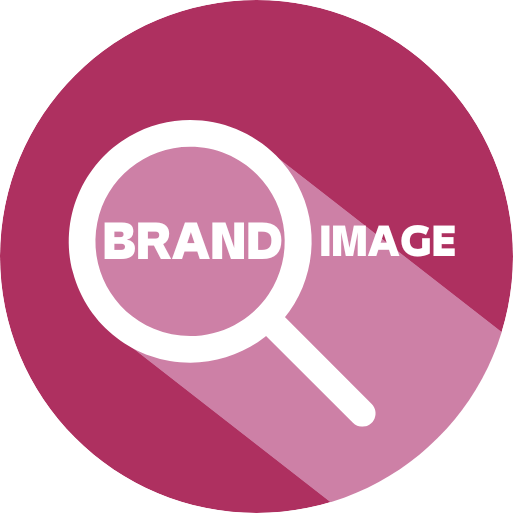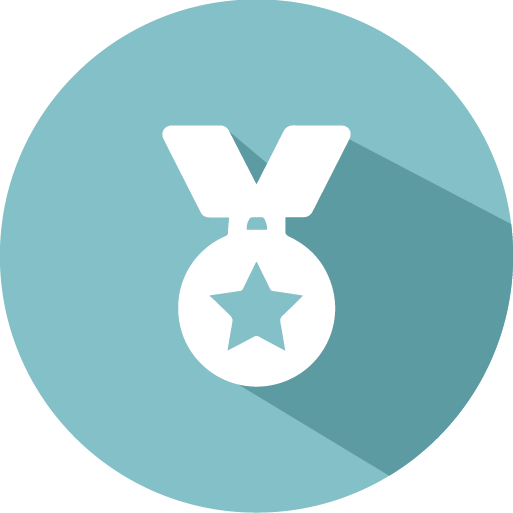Three Powerful New Ways to Measure Brand Image
Relevant topics Research, Archive
Few marketers would dispute that brand image is an essential part of the DNA of any successful brand that’s out there today. However, as important as brand image may be, the construct does pose quite a challenge: measurement.
Over many decades, studies show that the top-performing brands on brand image scales outperform competitors on a variety of outcomes. To name a few, a positive brand image results in the brand grabbing more attention, increasing the consumer’s willingness to pay price premium, and even succeeds in making the product usage experience more pleasant. You can deem brand image as the heart of a brand, pumping oxygen into the many separate systems that keep it healthy and thriving.
There are countless of potential brand image associations, ranging from benefits, values and personality characteristics. There’s also no shortage of potential methods to measure brand image, which are as diverse as survey scales, interviews, response time measurement and brain imaging. Unfortuantely, to this day, a golden standard has yet to emerge.
The relevant components of brand image will likely differ from brand to brand. For example, while feelings of trustworthiness may be the single most important construct for a brand in banking, it will likely be of lesser importance for an energy drink. Both the relevant measures as well as the methodology are to some degree dependent upon the brand under consideration.
Fortunately, current research in consumer psychology is unearthing promising ways to measure brand image in a meaningful way. In an extensive literature review, Parris & Guzmán (2022) have identified three new methods to measure brand image in a way that’s tailored to what’s truly relevant to the brand in question.
In this blog, we’ll examine each of the three new approaches to brand image measurement.
1. Adopt the two-step word association process
Each approach to brand image measurement belongs to one out of two groups. On the one hand, there are exploratory methods, such as free association tasks. While these do a good job of cutting the wheat from the chaff of brand image attributes, they are hardly useful for any quantitative tracking purchases. At the other end there are methods where the image attributes are measured quantitatively. While being more statistically solid, these methods require the researcher to determine a priori which assets to test.
In order to bring the best of both worlds together, a two-step word association process (Burns et al., 2017) is recommended.
The process consists of two steps:
- Asking consumers to describe a brand in a few words and then, putting together all those words and by frequency identifying the top descriptors
- Testing the resulting words separately with a different set of stakeholders to identify which of these associations more predominantly are identified to describe the brand.
While step 1 is a conscious task of word association, the actual measurement of brand image strength in step 2 can best be done with methods that tap into the subconscious parts of our memory. Implicit reaction time methods such as The Implicit Association Test allow researchers to bypass conscious awareness and measure brand associations on a more emotional and intuitive level.
2. Neural Profiling
The classical approach to brand image measurement is to have respondents complete a questionnaire, which usually requires them to rate the brand on a multitude of attributes. However, as the measured associations need to be determined a priori, this approach could overvalue attributes that were included, at the expense of attributes that the researcher chose not to include in the test. Neural brand profiling (Chan et al., 2018) offers an alternative approach that looks at the relevant brain networks that become active when the respondent thinks about the brand.
Neural brand profiling is a novel template-based approach to profiling brand image using functional magnetic resonance imaging. Firstly, the consumers’ brain responses are recorded while they passively view photos depicting various image associations (e.g., friendship). Next, the respondent is asked to actively think of a brand's image, which is then compared against the brain activity that was collected during the image phase. The overlapping responses highlights which associations are particularly relevant to the brand in question. This neural profiling approach offers a customizable tool for inspecting and comparing brand-specific mental associations, both across brands and across consumers.
3. Let AI do the work
Last but not least, advances in AI-driven technologies may soon make respondent based data collection a thing of the past. Brand image researchers can simply feel the waters of consumer sentiment by collecting and analyzing unstructured data from the text, images and videos that are consciously or unconsciously shared by consumers – or any other stakeholders for that matter.
For instance, scholars are applying machine learning and artificial intelligence approaches to:
- Interpret product reviews (Moon and Kamakura, 2017; Mitra and Jenamani, 2020)
- Assess emotional dimensions of content we consume (Chapman, 2020)
- Integrate image, text and social tags from social media (Klostermann et al., 2018)
The result of applying qualitative approaches that leverage advances in technology enables the creation of a brand image map to provide a broader and richer picture of how the collective of stakeholders’ associations form the meaning of the brand.
The future of brand image research
To date, there is no ‘end-all-be-all’ metric that captures everything a brand needs to know about how it’s being perceived in the marketplace. Smart brands therefore adopt a combination of methodologies, each solving different parts and sequences of the brand image puzzle.
The three innovative methods that we’ve discussed in this blog in a way represent a perfect trifecta of methods. Firstly, common brand-specific themes are explored with data from neural profiling and AI-driven data mining. These themes are then used as inputs for more rigorous quantitative methods, such as response time tests that allow you to measure subconscious brand image strength.
Further Reading
-
Does Product Package Shape Equal Brand Status?
How do you judge a person's status? Do you look at his or her clothes? Or their possessions?
According to the Shape-SES theory, most people tend to infer a person's socioeconomic status from his or her body shape. And this turns out to be the case for products and their shapes as well!
So, what kind of package shape do you think of as luxurious? Or what would you describe as a high-status product?
A recently published paper suggests that packaging shape affects how we categorize products and judge brands' status.
Do you want to learn more about how product packaging is used to position a brand in the consumer's mind? Continue reading!
-
Convenience Is The New Key To Make Your Brand’s Perception PREMIUM
Working 8 hours straight, hitting the gym, preparing food, and trying to make time for your loved ones… Sounds familiar? You are desperate for some leisure time but how do you make the time?
You might think that cutting some of the chores would be enough but, in fact, you can do that with easy-to-use products and services such as ordering essential online goods instead of picking them up, and controlling all your basic home needs on your smart speaker via Google Assistant. “Hey Google, add potatoes to my shopping list”. We’ve actually done something much more convenient which is we eliminated going to a store and browsing through the internet to place an order. For example, you’ve always wanted to pursue your academic career passion overseas in the field of Data Science but in today’s world, you do not need to go overseas to study instead you can just enroll in Harvard University’s professional and lifelong learning program or just go over the Coursera for Google Data Analytics Certificate program. As Twitter co-founder, Even Williams says “Convenience decides everything.”
Convenience has a long history in marketing, but mostly as a driving force of why we like products: we love things that make our lives easier. However, a new study shows that convenience has an interesting side effect. It can reshape brand perception in surprising ways, as well as influencing downstream consumer behavior.



